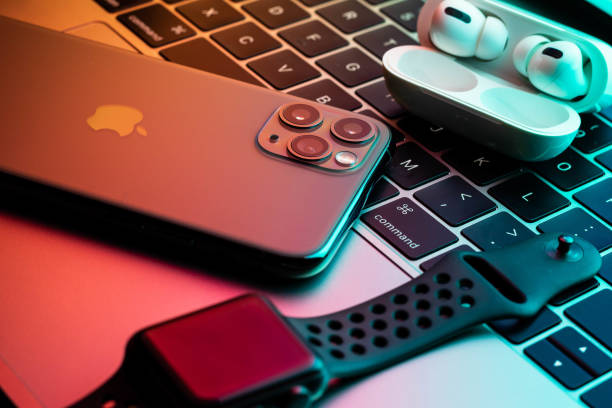If you regularly workout – at home or in the gym, you probably have a fitness tracker like the Apple Smartwatch. This watch allows you to stay connected and access essential features on the go – which is probably why most of my gym buddies at CKO Kickboxing wear one. But aside from these cool features, it can do so much more. Check this out:
Heart Health
Apple has incorporated a suite of heart rate features into their smartwatch, like the Resting Heart Rate, which tracks your heart rate throughout the day. You can get data like your resting, walking, workout, and recovery heart rates as well. If your heart rate is higher or lower than your selected beats per minute, your watch will alert you.
Moreover, this smartwatch can check for irregular heart rhythms, such as atrial fibrillation (AFib). The AFib History feature allows you to track the frequency of irregular heart rhythms and record potential lifestyle factors influencing it.
Cardio Fitness
The Apple Watch Series 3 and later models can track your cardio fitness, measuring the maximum amount of oxygen your body can consume during exercise. By utilizing the heart and motion sensors, the watch calculates how hard your heart is working during outdoor activities like walking, running, or hiking, which you record using the Workout app.
If your cardio fitness levels fall below the expected range for your age and sex, your Apple Watch will notify you.
Hearing
The Noise app, available on Apple Watch Series 4 and later models, allows you to measure the ambient sound levels around you. By utilizing the watch’s microphone, you get real-time sound measurements without recording the actual audio.
You can access the Noise app through its distinctive yellow icon with an ear symbol. By enabling noise notifications, your Apple Watch will alert you when the decibel level in your environment poses a potential risk to your hearing. You have full control over setting the noise threshold directly from your watch.
Blood Oxygen Saturation
If you own an Apple Watch Series 6 or a later model, you can measure your blood oxygen levels with it. To obtain an accurate reading, you need to carefully follow the instructions, as the measurement is not taken while you are in motion. Instead, sit still with your arm supported on a table or your lap for a 15-second countdown. All measurements are stored in the Apple Health app on your iPhone, allowing you to monitor your blood oxygen saturation levels over time.
Temperature Tracking
With the introduction of Apple Watch Series 8 and Ultra models, temperature sensors have been incorporated to gather wrist temperature data while you sleep. After recording approximately five nights’ worth of data, your Apple Watch establishes a baseline wrist temperature and tracks nightly changes. Women can leverage this temperature data through the Cycle Tracking app, aiding in predicting menstruation and ovulation cycles. Even without the temperature tracking feature, the Cycle Tracking app provides comprehensive support for recording menstrual health details.
Sleep
Recognizing the significance of sleep for overall well-being, Apple offers valuable insights into your sleep patterns through various features. The Sleep app allows you to create sleep schedules, set sleep duration goals, and track your sleep hours. The Sleep Stages provides a comprehensive analysis of your sleep quality by measuring the time spent in different stages.
Fall Detection and Medical ID
The Fall Detection function detects a fall, prompting you to confirm your well-being. If you fail to respond within a specified time, your Apple Watch will automatically call emergency services.
Setting up your Medical ID on your iPhone or Apple Watch provides important medical information to individuals who may need it in an emergency, including details about your conditions, medications, allergies, and organ donor preferences.
Here’s the Apple Watch Series 4 review:
